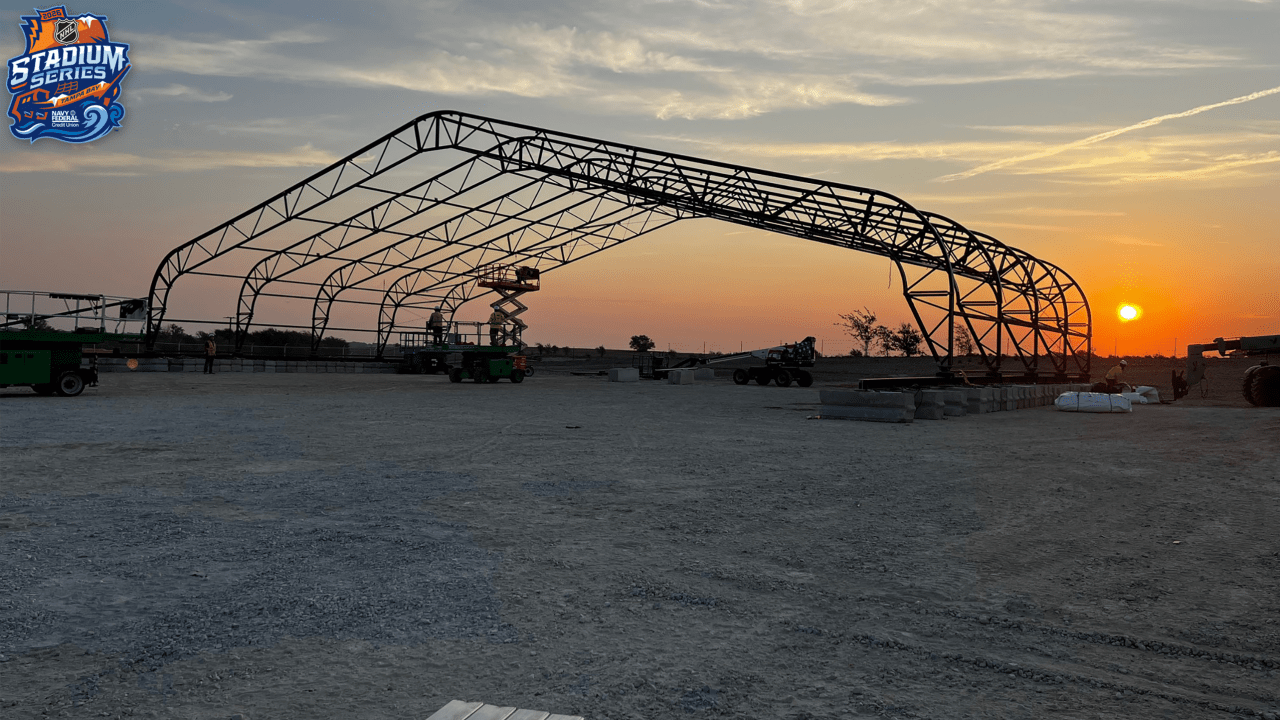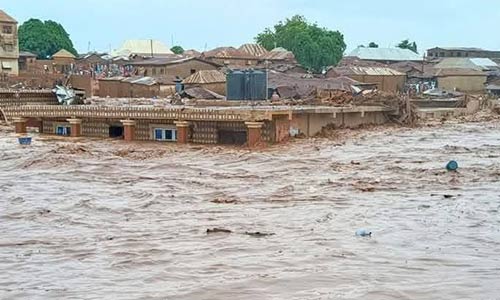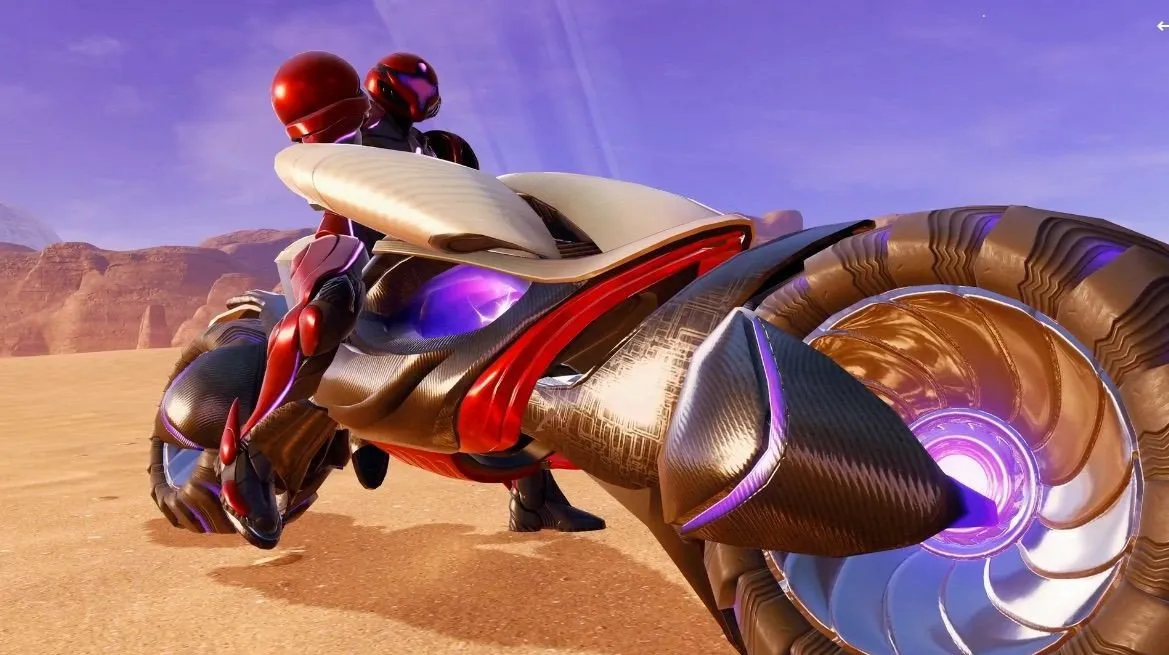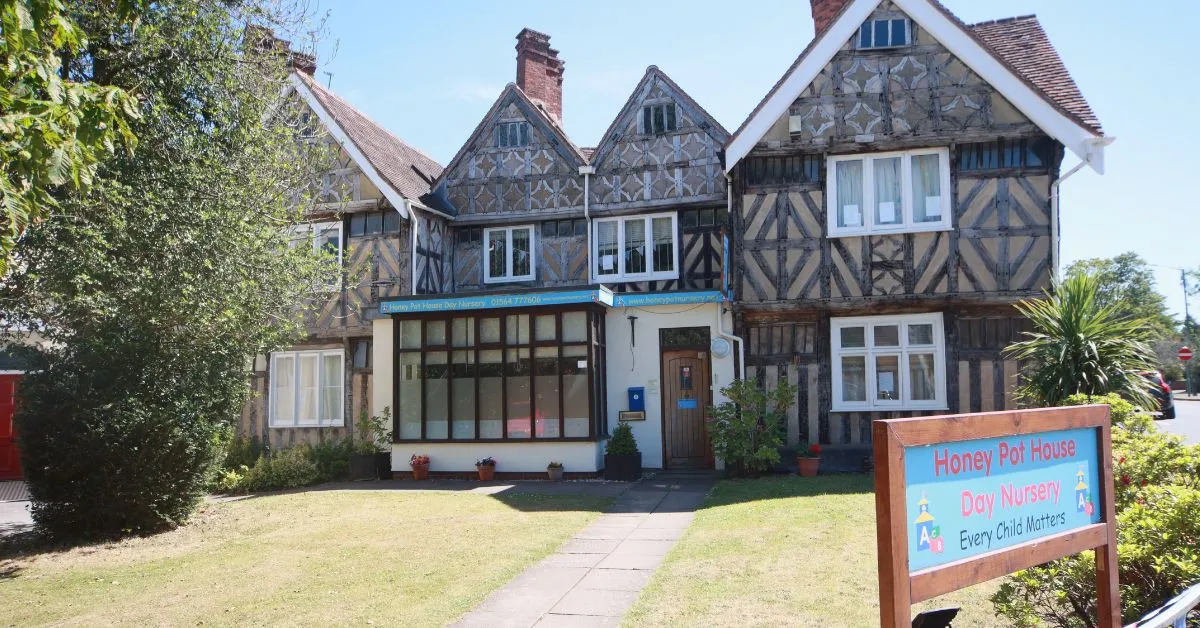
Talk about a tentpole event.
The NHL will construct a tent on the field at Raymond James Stadium in Tampa, Florida, to control the climate and build the ice for the 2026 Navy Federal Credit Union NHL Stadium Series. The Boston Bruins and Tampa Bay Lightning might practice inside the tent Jan. 31.
It will be dismantled before the teams play Feb. 1 in the first NHL outdoor game in Tampa — a unique spectacle considering the challenge of playing hockey in an open-air football stadium in Florida and this novel solution. Tickets will go on sale at 10 a.m. ET on Thursday via Ticketmaster.
“The Lightning have been after an outdoor game for years,” said Steve Mayer, NHL president of content and events. “In the past, we never had the confidence that we could protect the most important commodity, the rink. Now we’re confident we’re going to get it done, and we’re going to put on one of our most memorable games.”
The NHL has played 43 outdoor games since 2003-04 in all kinds of venues and conditions. Seven times, the temperature at face-off has been at least 50 degrees Fahrenheit. Twice, it has been above 60 for the Stadium Series.
It was 62 when the Anaheim Ducks and Los Angeles Kings played at Dodger Stadium in Los Angeles on Jan. 25, 2014, and 65 when the Colorado Avalanche and Detroit Red Wings skated at Coors Field in Denver on Feb. 27, 2016.
But playing in Florida never seemed practical because of the sun, the rain and especially the humidity.
It takes about seven days for the NHL to build ice for an outdoor game, spraying water in layers of mist to create a thick, dense sheet. Crews often work through the night, leaving the ice covered with insulated blankets during the day. The ice is maintained by mobile refrigeration units that pump glycol through aluminum pans underneath.
NHL executive vice president of hockey operations Kris King said the League experimented with building outdoor rinks in Tampa and discovered the humidity would create frost, making it difficult for pucks to slide and players to skate.
“We found out we need to control the environment, and the best way to do that is to have an enclosed area,” King said.
The NHL will stage its first outdoor game in Florida on Jan. 2, when the Florida Panthers and New York Rangers play the 2026 Discover NHL Winter Classic at loanDepot park in Miami.
That stadium, home of the Miami Marlins of Major League Baseball, has a retractable roof that can open and close in about 15 minutes. The NHL can keep the roof closed and crank the air conditioning while building the ice, then open the roof shortly before the practices and the game, which will be played at night when conditions are most favorable. The average high in Miami on Jan. 2 is 76.4; the average low is 60.2.
The situation is different for the Bruins and Lightning in the Stadium Series. Raymond James Stadium, home of the Tampa Bay Buccaneers of the National Football League, has no retractable roof, so the NHL will create a temporary one to cover the rink during the ice build.
To call it a tent doesn’t do it justice.
This will be a custom-designed tension fabric building, a steel-framed structure covered in an engineered membrane material. It will be massive — 34 feet high, 124 feet wide and 248 feet long — and able to withstand 140-mph winds. It will be enclosed and air conditioned. NHL senior director of hockey operations Derek King said the League is aiming for 60 degrees and a dew point of 38 inside.
The tent will take two or three days to put up. Most important, it will take about six hours to take down. The NHL wants to control the environment for the ice as long as possible and will decide when to remove the tent based on the weather.
The teams might practice inside the tent so they can familiarize themselves at least with the ice, the boards and the glass. The game will be at night. The average high in Tampa on Feb. 1 is 70.9; the average low is 52.7.
“They might be having our first pregame outdoor skate under a tent, so that’s probably in the works, but we’ll see,” Kris King said. “We’ll have to see how the build’s going. The ice is paramount, and if we have to make tough decisions and just keep the ice covered, then we’ll make that decision too.”
This is one of the most difficult, ambitious projects the NHL has attempted.
“Everybody understands the climate in Florida,” NHL executive vice president of events Dean Matsuzaki said. “We’ve thought of all the different scenarios. We hope we’ve thought of everything, and it’s taken a long time to get to this point. We’re probably into three years of planning, and it’ll be another few months of pretty intense planning.”
Mayer said it will be worth it.
“There’s a little risk, but that’s part of the fun,” Mayer said. “That’s what we do. We’ve really figured out how to get through almost any situation possible and put on a great game.”



